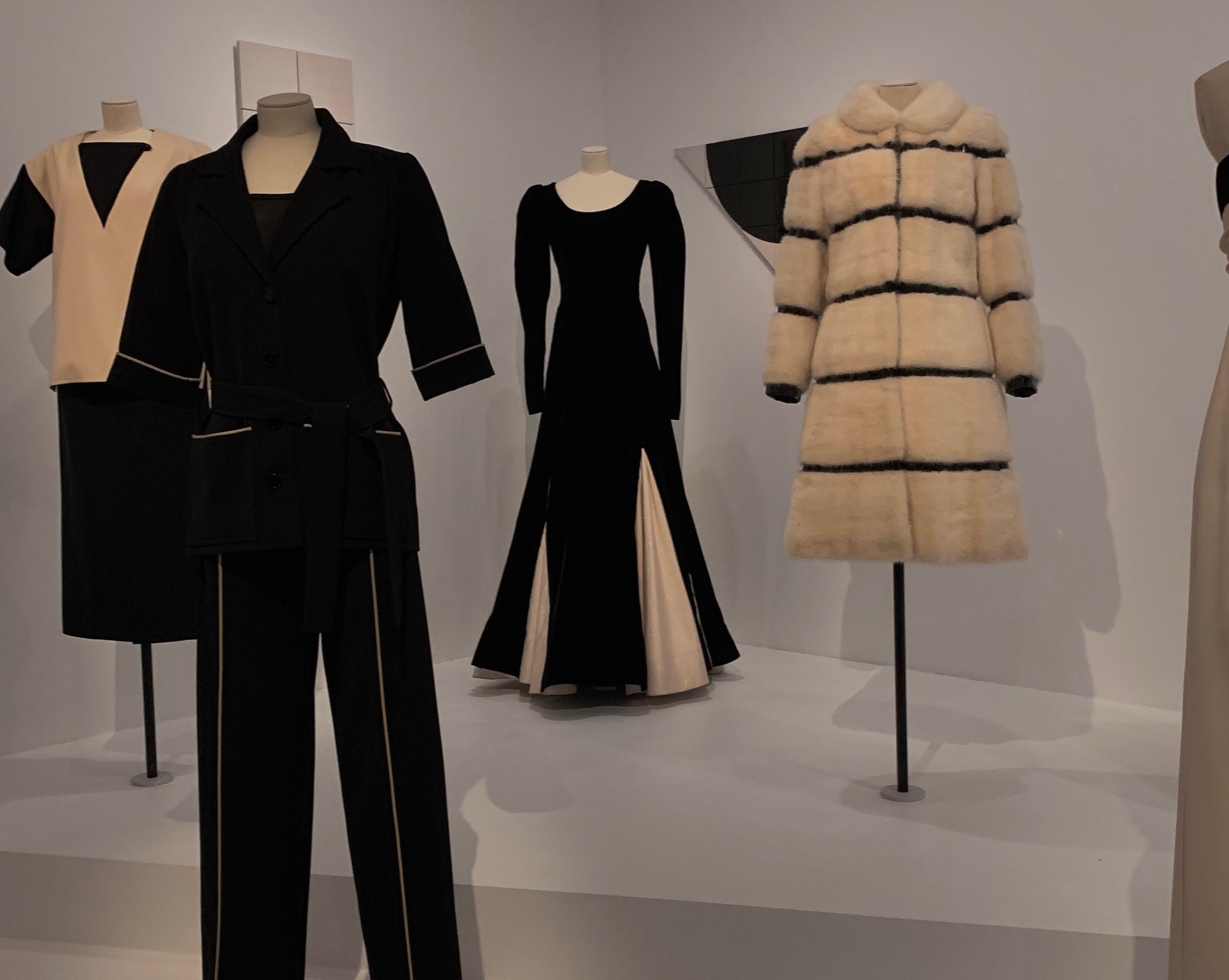The Rise of Quiet Luxury

In an era full of maximalism, logomania, and fast fashion; we find a breath of fresh air with the rise of "quiet luxury," but the line between understated and unremarkable is not as clear as you may think. Quiet luxury is a fashion movement emphasizing understated elegance. In layman's terms, it highlights high-quality, often more straightforward, timeless designs rather than over-the-top, flashy pieces. It draws on the importance of craftsmanship in fashion and reinstates the traditional intentions of clothes: duality, functionality, and durability.
Quiet luxury is different from, for example, a minimalist style. While neutral colors and simple patterns are vital pillars of both styles, a minimalist style is based more on the look or aesthetic. In contrast, quiet luxury is based on quality and practicality and is considered more “investment dressing.” The point is to invest in your clothes and purchase timeless and interchangeable pieces so they can last as long as needed.
Quiet luxury is Carolyn Bessette Kennedy, who asked Prada to remove their logo from a ski outfit she’d bought. Quiet luxury is Succession’s characters' sleek and sensible everyday styles. It’s Bottega Veneta’s logoless Arco bag whose woven leather would not cause a second look from an untrained-in-fashion eye. It's Gwyneth Paltrow's "stealth wealth" style outfits amidst her 2023 ski collision trial. It's The Row's Fall 2024 collections. It’s Brunello Cucinelli. It's Meredith Blake. It’s Loro Piana. It’s Celine's Romi bag. Quiet luxury is all the luxury items you may not recognize as luxury items at first glance.
Some view quiet luxury as just one of the current fashion trends, but it isn’t a trend at all. Consumers of quiet luxury don’t follow trends, hence their interest in timeless pieces instead of trendy “of-the-moment” pieces. Nothing about the concept of quiet luxury is new. It has been evolving quietly in the background for generations; you likely just haven't noticed due to the loud and overt branding that often takes center stage.
The difference between understated and unremarkable resides in the place in which you are standing when differentiating the two. In America, in the past, quiet luxury would more likely be considered an unremarkable style, as it doesn’t always spawn a second look. In France, though, quiet luxury has long been equated to understated elegance. The Montaigne Market describes the chic Parisian style as "...a celebration of timeless elegance and effortless sophistication. It's about embracing quality, well-tailored pieces, focusing on natural beauty, and accessorizing with understated elegance."
Americans generally dress much more casually for regular day-to-day style, especially Millenials and Generation Z, whose definition of casual often includes athleisure or even sweatpants. When Americans do dress up, it is known to be flashy and over the top, involving bright colors and complex patterns. Brands like Gucci and Louis Vuitton are some of the most popular luxury brands in the States due to their whimsical designs and their use of large logos on virtually every piece they sell. Overt branding and the use of logos in designs are tactics many brands like these use to gain brand recognition. Consumers of these brands often gravitate towards the products with evident logos to prove their wealth and status; they need everyone to know they're carrying a Louis Vuitton bag or wearing a Gucci belt.
The French, however, do not buy based on consumer trends or to prove their status. They are known to dress much more formally from day-to-day, in what is often considered in the States as "business casual". They prefer brands like Yves Saint Laurent, Loro Piana, and Celine when buying high-end, or stores like Lanvin, Akris, and Brunello Cucinelli when shopping lesser-known brands. Fast fashion and the idea that you can only wear an outfit once is also an unrealistic American ideal. The French build their wardrobes based on the item's longevity and how much they'll be able to wear it, rather than impulse buying. Another pillar of quiet luxury, that the French love as well, is the mixing of casual and formal pieces; such as a pair of jeans and a nice blazer, or dress pants with a pair of sneakers.
The balance between visibility and subtlety in logo usage is often a reflection of current fashion trends and consumer preferences. While the use of logos in designs has been a strategic move for brands in the past, consumer preferences are changing, requiring brands to rethink their use of logos. As consumers seek more meaningful connections with the products they purchase, quiet luxury provides an alternative to the excesses often associated with traditional luxury.





